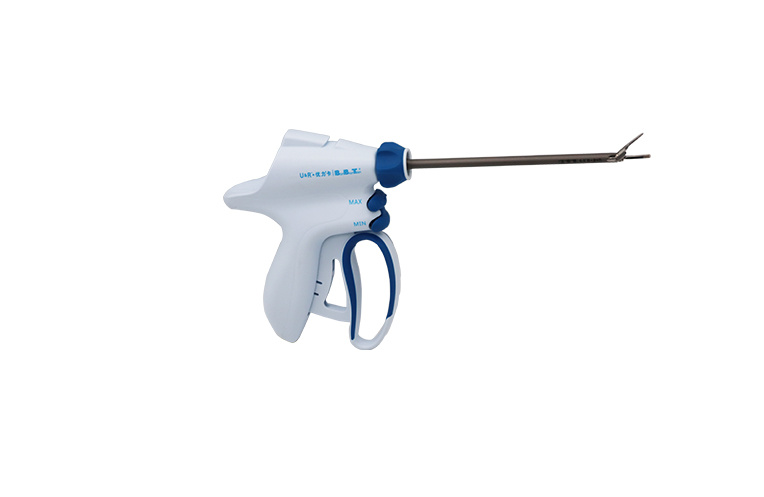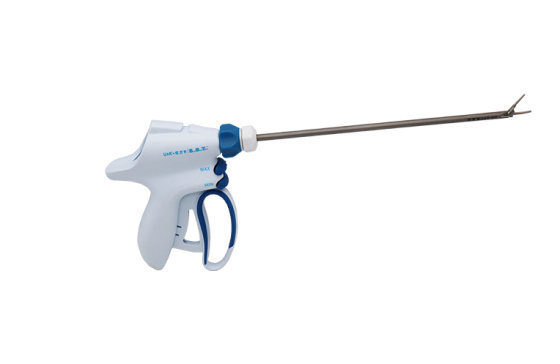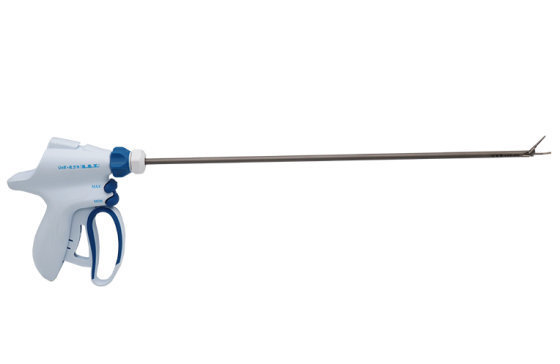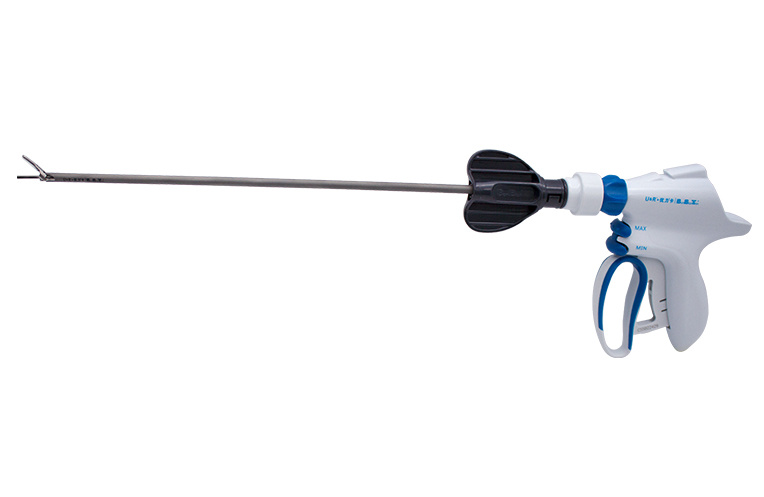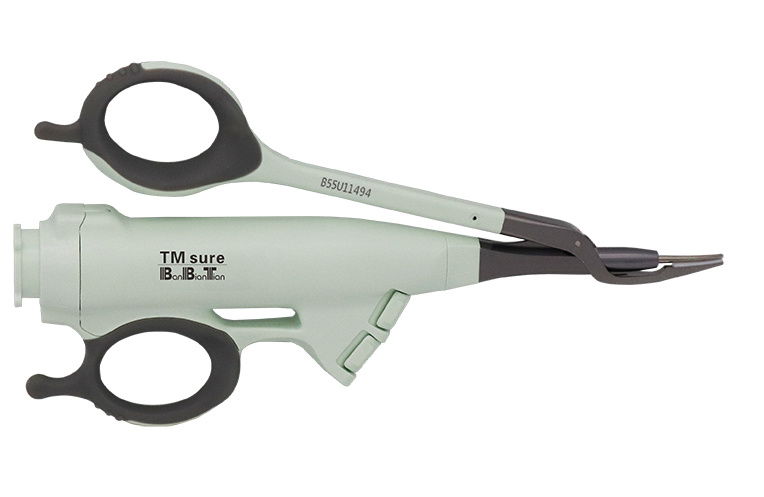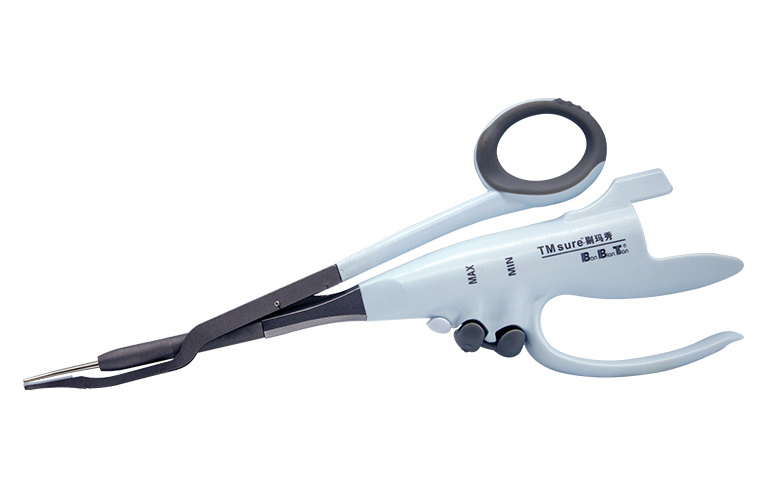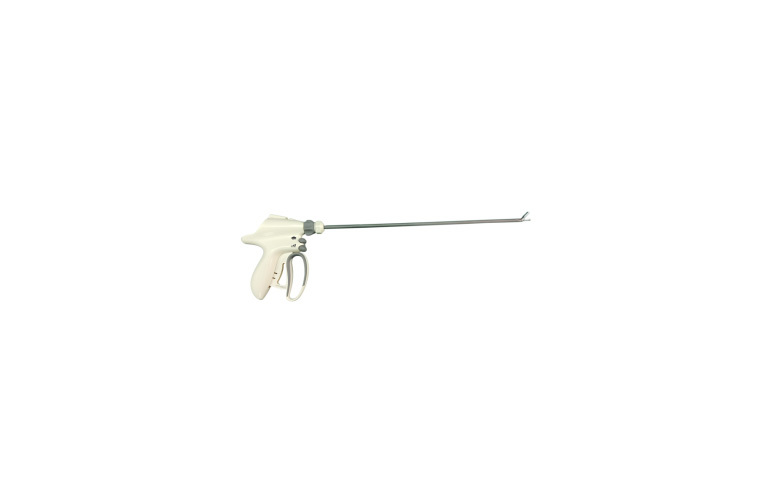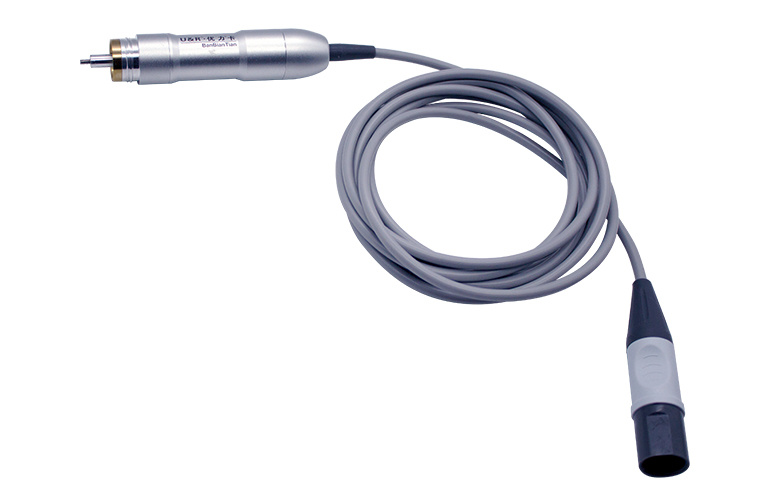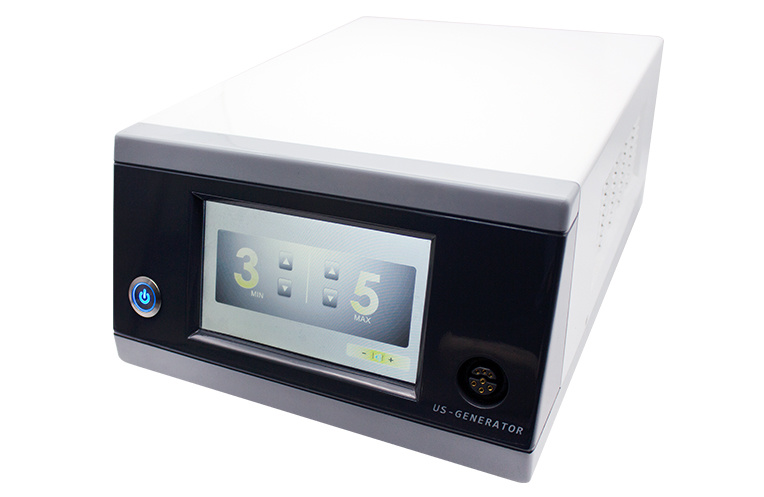Products
Blog
Introduction and Market Analysis of Ultrasonic Scalpel
1. Introduction of ultrasonic scalpel
The ultrasonic scalpel refers to the high-intensity ultrasound focused on the end of the knife through the amplitude bar. The strong vibration of the knife can crush soft tissues such as liver and organs. Clinical application of this method to remove soft tissue tumors in the human body can crush the tumor tissue debris at any time by flushing and suction, while the surrounding blood vessels and nerves are not easily damaged. Therefore, it is known as a bloodless surgical knife.
The ultrasonic scalpel system transmits electric current to the handle, and the piezoelectric ceramic in the handle is activated to work. The ceramic converts electrical energy into mechanical energy, producing longitudinal mechanical vibration and expanding at the axis node, which is transmitted to the maximum vibration of 55.5kHz at the edge of the knife, and the knife edge contacts the tissue protein. The hydrogen bonds of the protein break and the protein structure is reorganized, the protein condensate closes small tube cavities, and the protein generates secondary energy due to vibration, which solidifies and closes larger tube cavities, thereby achieving the cutting, coagulation, and hemostasis of tissues. Compared with surgical knives, electric knives, and laser knives, it has unique advantages. A complete ultrasonic scalpel equipment consists of a frame, host, handle, foot control device, and knife head, etc.
2. Clinical application of ultrasonic scalpel
The development of hospitals and departments depends on the development and improvement of clinical medical technology and the improvement of disease diagnosis and treatment methods. The ultrasonic surgical knife as an important part of the hospital's surgical system, its development of surgical technology largely depends on the development and improvement of surgical techniques. Currently, the development trend of surgical techniques is increasingly inclined to minimally invasive, and endoscopic surgery is an important component of minimally invasive surgery. The main advantages of endoscopic surgery are small surgical trauma, fast postoperative recovery, significantly reduced hospitalization time, mild postoperative pain, reduced bleeding during surgery, simple postoperative treatment, reduced costs, and patients also benefit from shortened sick leave, early return to work, and reduced burden of family care.
3. Development trend of ultrasonic scalpel
Although endoscopic surgery has such huge advantages, it also requires high precision in anatomy, strong ability to deal with blood vessels, and high requirements for surgical instruments. The traditional electric knives cannot solve the problems of too wide range of heat conduction and ineffective treatment of blood vessels, and the large smoke seriously affects the field of vision, severely limiting the scope of endoscopic surgery. It was not until the birth of the ultrasonic cutting and hemostatic knife in 1996 that endoscopic technology made rapid progress, making minimally invasive surgical techniques based on endoscopic surgery widely used in various surgical fields.
4. Other uses of ultrasonic scalpel
The ultrasonic surgical knife is mainly used in otorhinolaryngology surgery, head and neck surgery, breast surgery, thoracic surgery, hepatobiliary surgery, abdominal surgery, minimally invasive urology surgery, and minimally invasive gynecological surgery. Minimally invasive gynecological surgery includes uterine fibroid resection, adnexectomy, tubal window surgery for ectopic pregnancy, total hysterectomy, and pelvic lymph node dissection. In gynecological surgery, the ultrasonic scalpel can safely close lymphatic vessels, and its smaller lateral thermal damage can reduce damage to the ureter, bladder, or other adhered organs, making the treatment of pelvic adhesions safer and protecting the ovarian function and reducing the functional damage to normal follicles. The hollowing effect is convenient for opening the anterior and posterior leaves of the broad ligament and the bladder peritoneum fold, and its ability to close 5mm blood vessels can safely deal with the uterine artery, ovarian intrinsic ligament, and other ligaments.
Other Articles



 English
English  한국어
한국어  français
français  Deutsch
Deutsch  Español
Español  italiano
italiano  русский
русский  português
português  tiếng việt
tiếng việt  română
română 